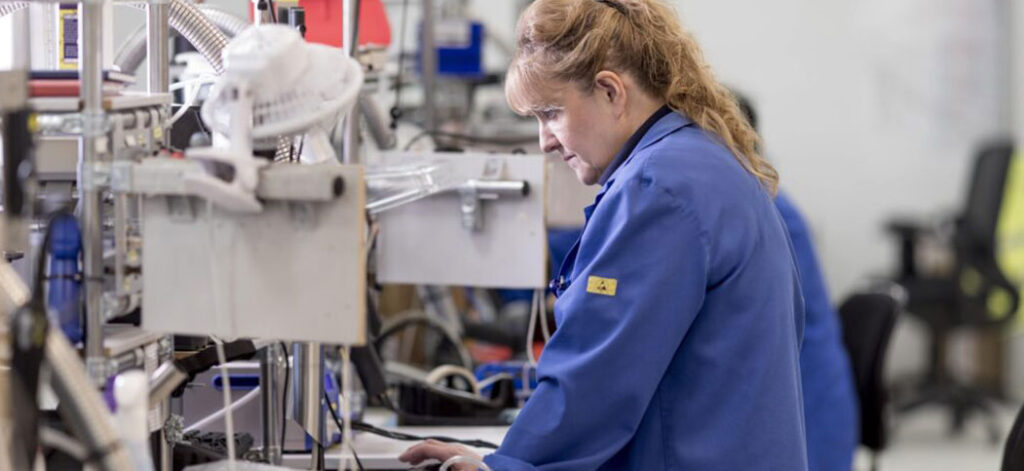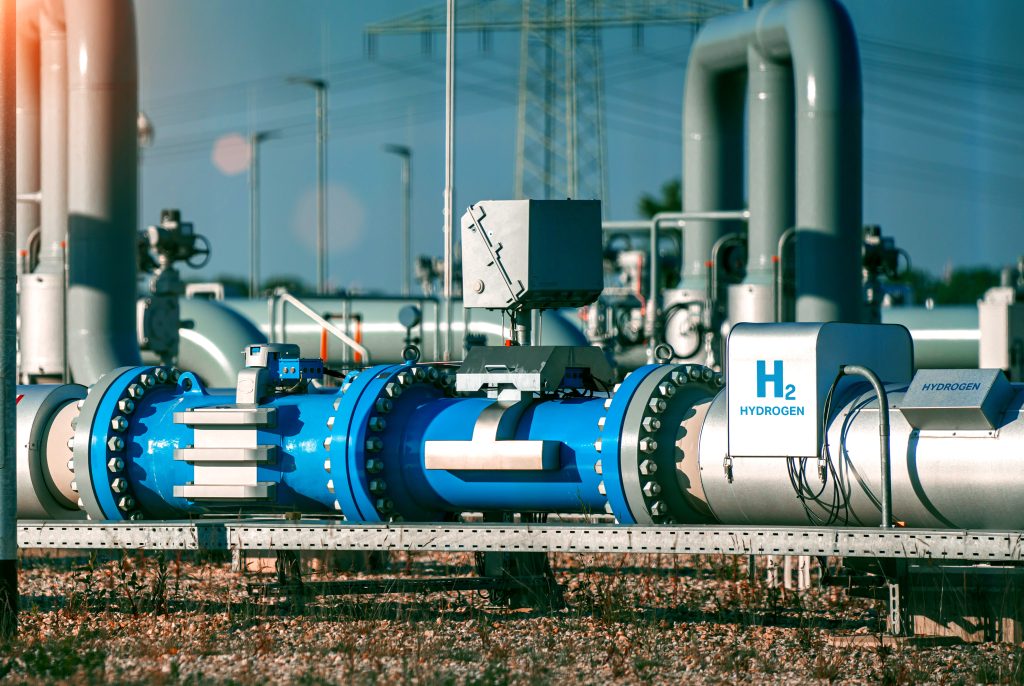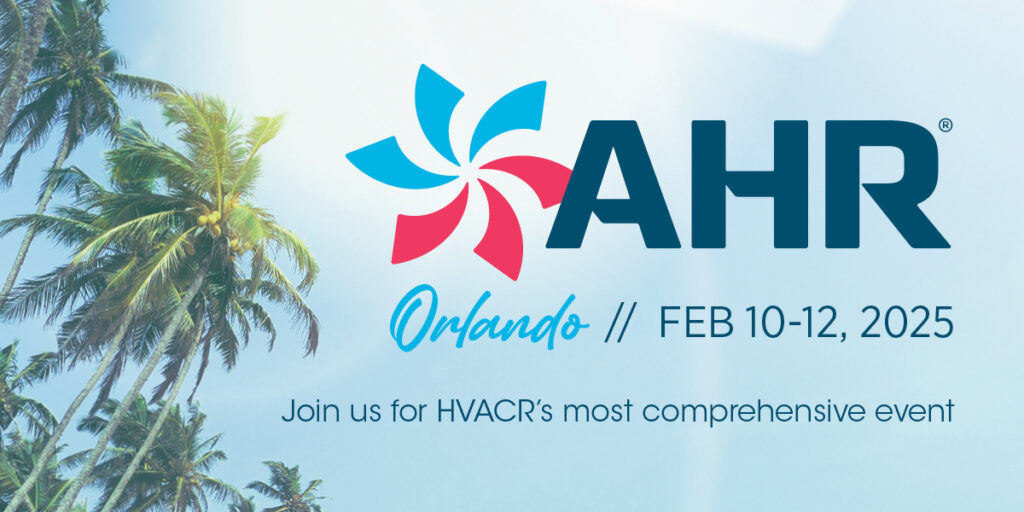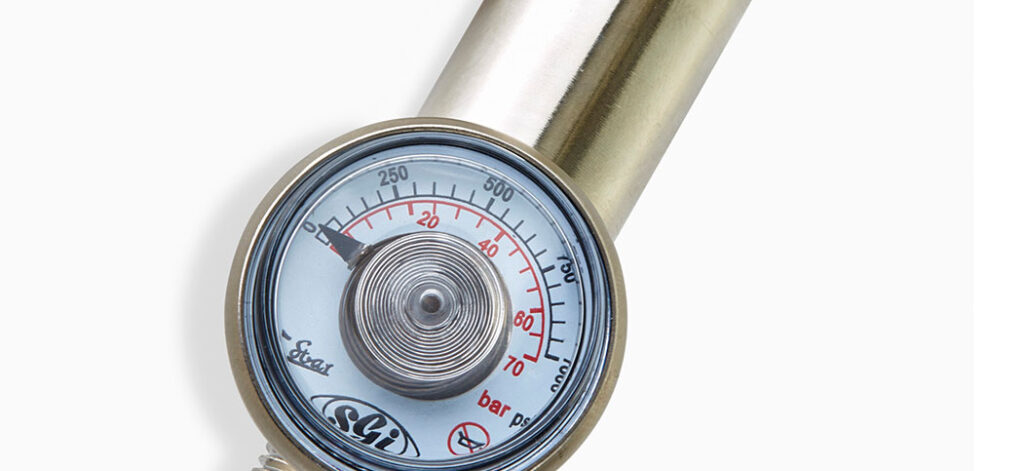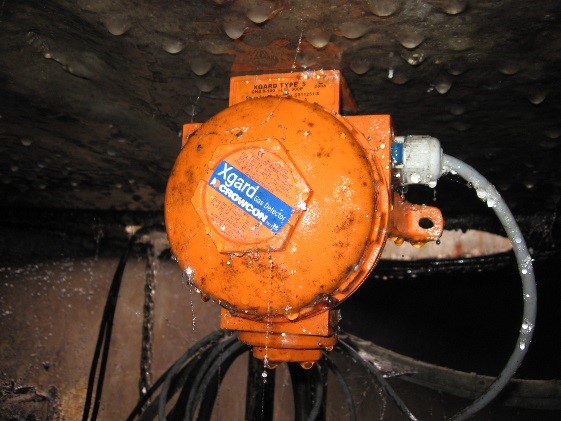La calibración de los detectores de gas es vital para asegurarse de que funcionan correctamente y son capaces de alertar al usuario de los peligros de gas en sus proximidades. Una calibración es un "reajuste" de la respuesta del detector frente a una concentración conocida de gas objetivo, en una balanza de aire sintético o nitrógeno. Esto determinará la relación entre la lectura del detector y la concentración real del gas componente de interés. El ajuste implica la modificación de la respuesta de los detectores para que la lectura se ajuste a lo esperado mientras se expone el instrumento a la fuente conocida. Esto es fundamentalmente diferente de las pruebas funcionales, que consisten en una breve exposición al gas para verificar que los sensores responden dentro de unos límites específicos y que las alarmas del detector funcionan correctamente.
¿Por qué calibramos?
La calibración es necesaria por varias razones. Si un instrumento ha estado sometido a condiciones adversas, esto puede provocar un cambio en el grado en que responde a una concentración de gas determinada, por ejemplo, el detector puede leer 46% LEL cuando el nivel real es 50% LEL. Estas condiciones pueden incluir factores ambientales, como temperaturas o humedad extremas, envenenamiento del sensor por exposición a contaminantes como silicona y disolventes, o exposición a altas concentraciones de gas. Los golpes o tensiones mecánicas y la antigüedad del sensor también pueden afectar a su rendimiento.
Además, es necesario demostrar que se cumplen las normativas, ya que se requiere un registro que indique que un instrumento se ha calibrado y detecta gas dentro de las tolerancias exigidas. Los instrumentos mantienen un registro de su fecha de calibración, que no sólo muestra cuándo se realizó una calibración, sino también cuándo es la próxima, así como la producción de un certificado de calibración como un registro.
¿Cómo se calibra?
A la hora de calibrar, es importante tener en cuenta desde el principio factores como las vías de flujo y los caudales, la presión, la temperatura, la humedad, los gases utilizados, las sensibilidades cruzadas, el tiempo de respuesta de los sensores y el agotamiento del gas residual, así como seguir cualquier requisito adicional indicado por el fabricante del detector.
La calibración suele ser un procedimiento en dos etapas. En primer lugar, el instrumento se pone a cero en un fondo de aire fresco, aire sintético o nitrógeno, de forma que las lecturas sean iguales a las esperadas en aire limpio. El segundo paso consiste en exponer el detector a gas de calibración que contenga concentraciones conocidas de los gases que el sensor está diseñado para medir y ajustar cualquier desviación a la lectura correcta. Otra posibilidad es realizar una calibración cruzada, en la que se utiliza un tipo de gas diferente y se emplea un factor de calibración cruzada para obtener la respuesta al gas objetivo requerido.
¿Con qué frecuencia debemos calibrar?
La frecuencia con la que debe calibrarse el instrumento puede variar, aunque se recomienda combinar la información procedente de la aplicación y el entorno, así como del usuario, el fabricante y el proveedor de servicios. Por lo general, se requiere una evaluación de riesgos para confirmar que el periodo de calibración es adecuado. Y recuerde que se recomienda realizar pruebas funcionales periódicas entre períodos de calibración.
VISIÓN DEL SECTOR
Suscríbase para recibir las últimas novedades
EN su buzón de entrada
Información sobre Crowcon Privacidad y Política de cookies. Si cambia de opinión, puede darse de baja en cualquier momento

